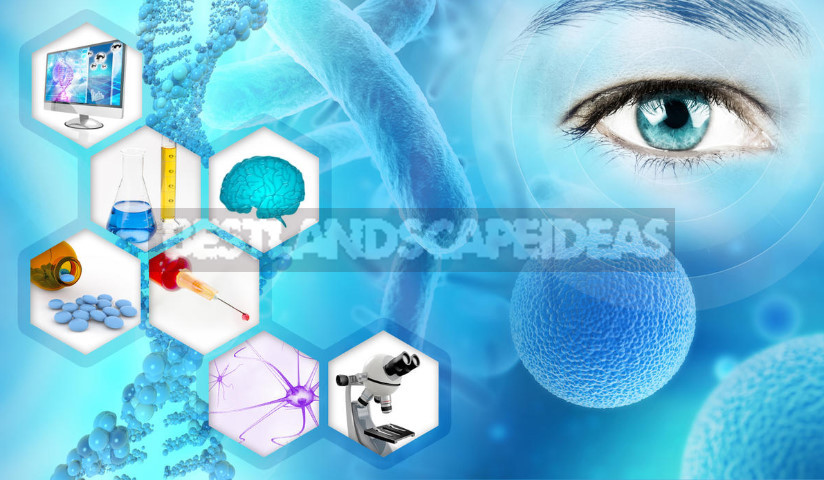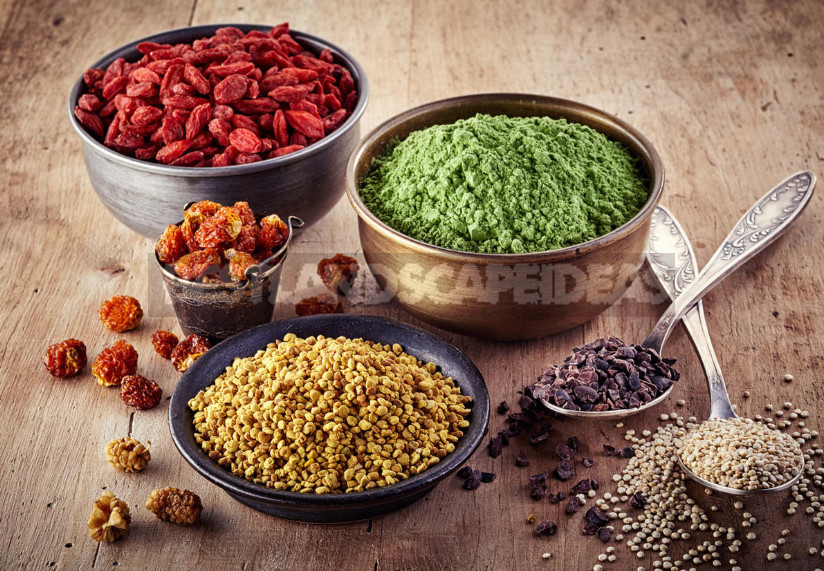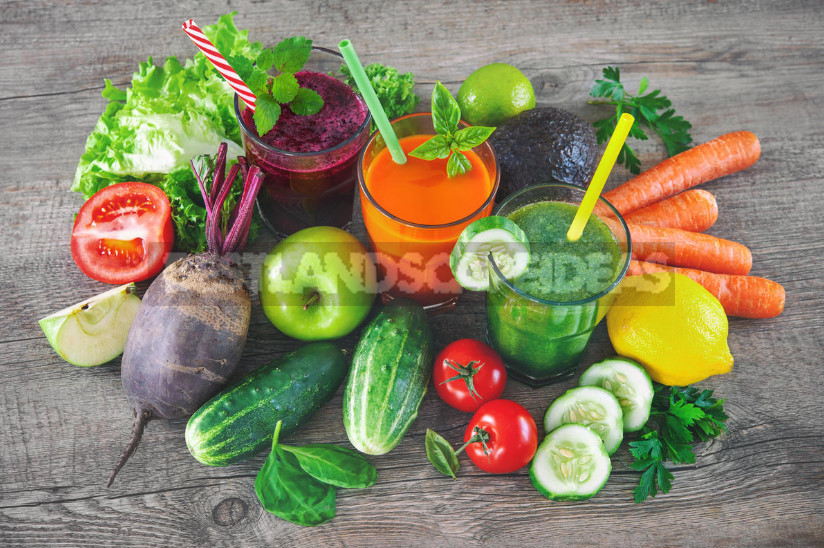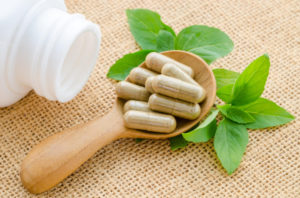
Myth # 2: free radicals are the absolute enemies of the body
Oddly enough, having got used to hearing only bad things about free radicals, we are ready to defend ourselves against the enemies of our youth and health by all available means. This natural fear is played by the pharmaceutical industry, obligingly slipping us expensive vitamins and minerals. Alas, it’s a placebo at best.
Recent studies by biochemists claim that harmful free radicals are harmful not only to humans, but also to many viruses and microbes that live in our body. In addition, they are closely involved in the biochemical processes of cell division, are involved in the transmission of cellular and hormonal signals, activate certain enzymes and cells of the immune system.

Scientists believe that it is the active (that is, having the missing electron) oxygen molecules that protect the body from infections. Roughly speaking, as we disinfect the bathroom with chlorine (chlorine also kills microbes with free radical molecules), so free radicals disinfect our body from pathogenic flora, mutated and cancer cells.
Now doctors do not recommend getting carried away with chemical preparations-antioxidants. Most of us do not need high doses of vitamin C, E, beta-carotene, folic acid and other substances that were declared a panacea for all diseases a few decades ago.
If a person’s diet consists of healthy and varied foods, then they will receive the minimum dose of antioxidants necessary for the healthy functioning of the body. Today, doctors believe that only one thing is obvious: it is not synthetic drugs that protect against cancer, but a large amount of fresh fruits and vegetables in the diet.
Myth #3: Superfoods – a new panacea
Synthetic vitamins are no longer a mandatory supplement to our diet, they have moved into the category of drugs recommended by a doctor in certain situations. However, the pharmaceutical industry has come up with a new idol for us – supplements or superfoods. I’m sure you’ve heard that word before. Today on hearing: Goji berries, frangipani oil, chia seeds, spirulina…

And what do scientists think about superfoods-foods that contain huge amounts of antioxidants? Does it make sense to include them in the diet, or is it nothing more than a marketing ploy, advertising (or just a common deception)?
The chemical laboratory analysis of the most popular superfoods was very interesting:
- Exotic Goji berries are known to contain an incredible amount of vitamin C. In fact, 100 g (3.5 oz) of Goji berries contain only 270 mcg of ascorbic acid. For comparison: 100 g (3.5 oz) of the well-known rosehip contains 817 mcg of vitamin C.
- Chia seeds are known for their high content of omega-3 polyunsaturated fatty acids. But to get the necessary dose of fatty acids, you will have to eat 100 g (3.5 oz) of chia seeds a day, which, in addition to the “not weak” prices, have another 486 calories per 100 g (3.5 oz) – almost like a hamburger or a bar of chocolate.
- Spirulina does contain a lot of iodine – 300 micrograms per 100 g (3.5 oz). This is 200% of the daily value for a person. But, for example, in feijoa, there is a myriad of iodine-8000 micrograms per 100 g (3.5 oz) of the product. This is 5333 % of the daily value.
So superfoods are useless, too? Or, God forbid, are they harmful? Not at all. No one denies their usefulness. It’s just that superfoods don’t have to be glamorous and exotic. Let’s call them superfoods and consider the berries, fruits, vegetables, nuts, seeds, and grains that grow in our area, which provide us with a lot of carbohydrates, fats, and proteins of natural origin. They are more affordable, can be easily added to meals or snacks without special preparation and processing.
In other words, superfoods provide us with everything we need for a healthy, balanced diet. Plus, they deliver to our body trace elements and biologically active substances-antioxidants, which are valuable for our protection and prevention of diseases associated with oxidative stress.

Thus, it can be argued that the benefits of products with supposedly unprecedented nutritional value are clearly exaggerated. And for any advertising product, there is always an analog, which is often more useful and cheaper.
How to eat after all?
A healthy diet can solve many health problems, and the sooner you start adhering to the principles of a healthy diet, the better. When we say “diet”, we do not mean a short-term hunger strike, which supposedly will solve all health problems. The right diet is not the use of only lettuce leaves, but a way of life.
With today’s fast pace of life, it is not easy for a person to adhere to a properly balanced diet. Scientists believe that the products of industrial processing do not provide us with normal health. To get all the necessary nutrients, a person should consume up to 3-4 thousand kilocalories per day (and quality food).
But, alas, we do not have enough exercise to eat so much food. We have enough 2, or at least 2 and a half thousand calories a day. It becomes clear that the quality of this food should be different from what a person has been used to for a long time. It should contain more vitamins, minerals, high-quality fats and proteins with an overall low calorie content.
Before you review your diet, you need to talk to your doctor. There are products that are contraindicated in some diseases. Healthy people can create their own menu based on our example of proper nutrition for each day of the week.
When making a healthy menu, think not only about the benefits, but also about your preferences. Broccoli is very healthy, but you can’t stand this vegetable since childhood? Replace it with something else – spinach or zucchini. Suffer without sweets? Don’t give it up at all, just replace the candy with dates, dried apricots, and dark chocolate. This is important because the stress of eating tasteless food can negate all the benefits of a healthy diet.




Leave a Reply